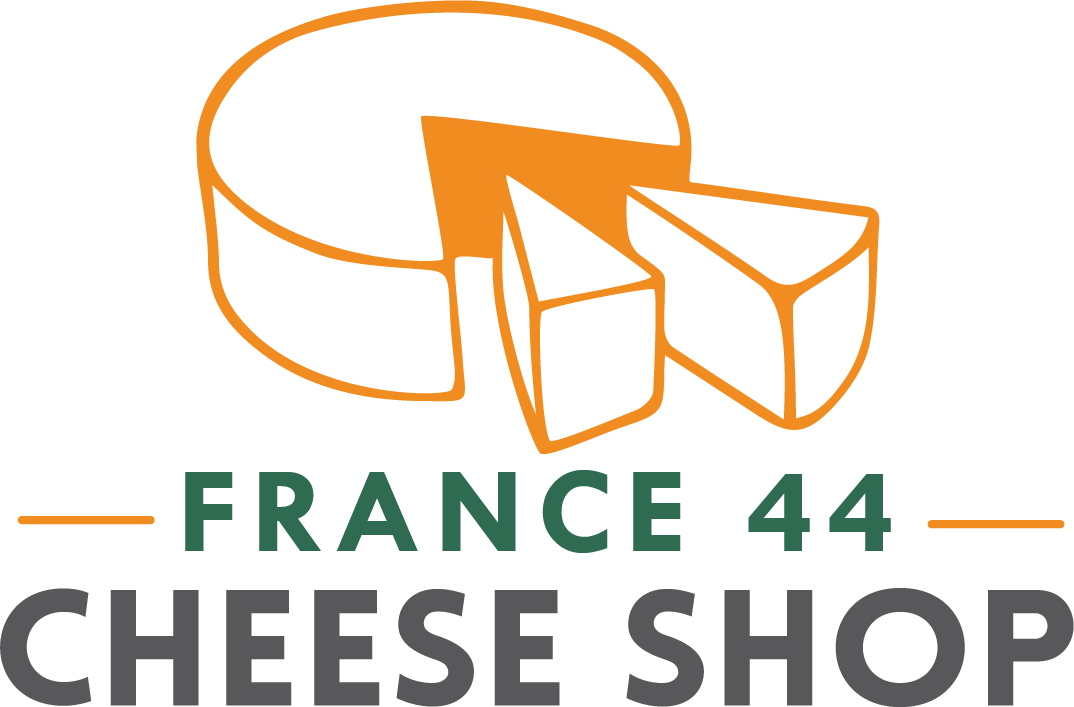by Sophia Stern
As a crew with diverse tastes and preferences, it’s not always that a wheel in the cheese case is loved by all. However, the most recent wheel to win our collective hearts is Magaya de Sidra which has been dubbed ‘The Best Cheese Added to our Case in 2021’. This week, we’re pairing this addictive cow’s milk cheese with a cider from the same region of Asturias, Spain. As Magaya features a rind covered in the pulp leftover from the cider making process, it was a given that we pair this cheese with nothing other than an Austrian cider. As our first step away from featuring wine for the pairing, we couldn’t have asked for a better bottle. Slightly sparkling, Mayador Sidra Espumante is light and flavorful. Both the cider and cheese are steeply entrenched in the rich traditions of Asturias, a natural wonder tucked on Spain’s northern coast.
Asturias is part of Green Spain, a natural area running along the country’s north coast. The Asturias region features mountains, ancient forests, and stunning coastline full of sandy beaches with natural caves scattered from the peaks to the sea. Costal winds keep the climate mild, while steady rainfall supports a lush and diverse landscape of grasses, herbs, and wildflowers as well as with the expansive apple orchards essential to the sidra culture of the area. The Asturian landscape is primed for making beautiful cheeses and Magaya is one of the best.
Made by Rey Silo, Magaya’s distinct aging process sets the cheese apart from others in the region and bridges the Asturian tradition of natural cider and cheese. After three months of aging in a natural cave, the raw cows milk cheese is sealed in cider barrels with just the spent apple pulp at the bottom. Allowing the wheel to sit in the pulp for two months rehydrates the cheese with apple juices, causing an unexpected creaminess and tartness. The cows diet of grasses and wildflowers give the rich paste green notes, which are balanced by the tart apple flavor from the aging process.
To handle the richness of tart Magaya, we’ve paired this cheese with medium-dry Mayador, a sweeter, lighter sidra just effervescent enough to cut through the intensity of Magaya without overpowering the subtle notes of flowers and grass. Made by one of the oldest producers of sidras in the Asturias, Mayador is made traditionally, except that this limited release has an unusually lengthy aging process. The apples ferment in chesnut barrels for 8 months, creating a well balanced expression of a traditional sidra. Both Magaya and Mayador are stunning expressions of the land they come from. We hope you’ll enjoy them together and that they'll spark an interest in Spanish cheese beyond Manchego and in the world of natural ciders from one of the most unique places on earth.



